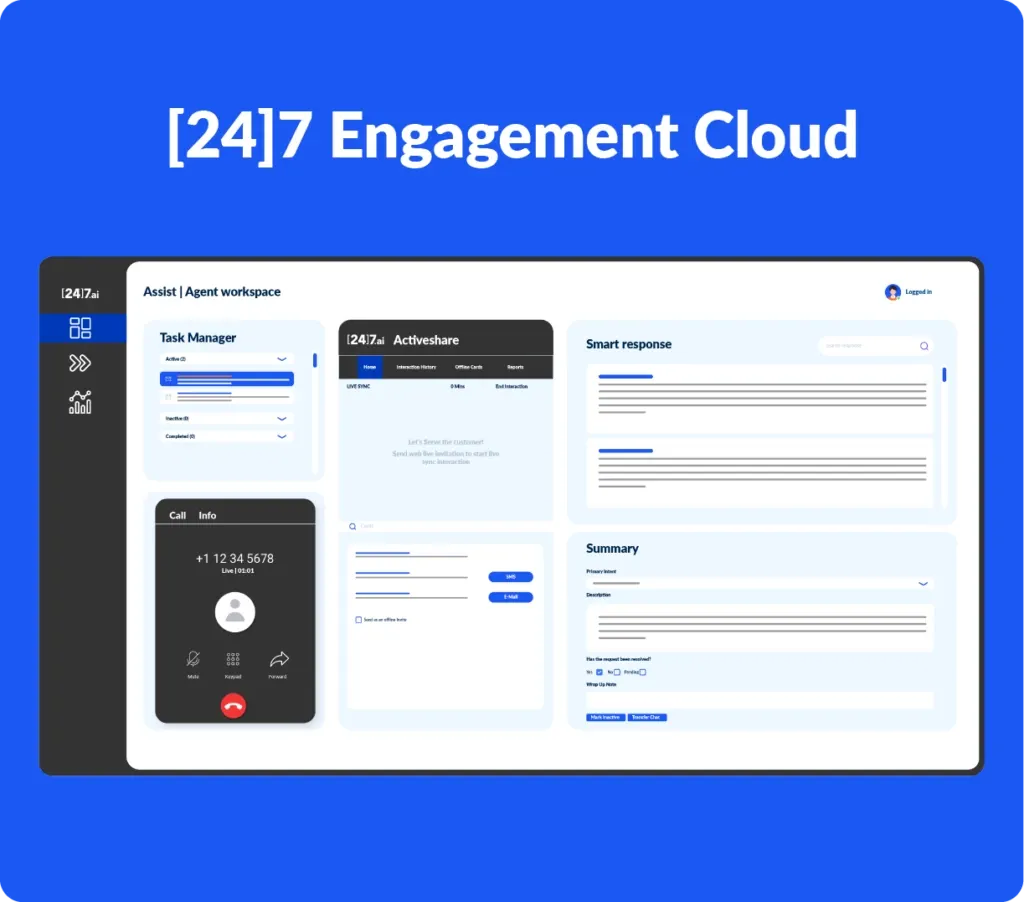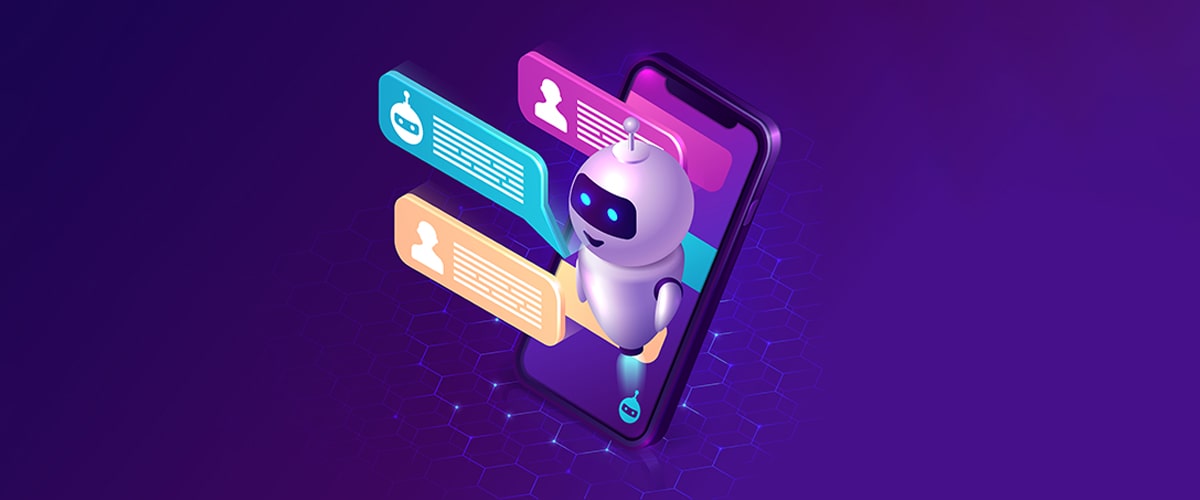Do you ever feel like you’re sending your marketing message out into the void? A message that is probably reaching a significant audience, with minimal customer engagement? Well, that’s where you need customer targeting. Customer targeting is about prioritizing engagement with high-potential prospects who will derive value from your offer, so your message increases relevance and retention.
And why does this matter? McKinsey’s research shows that 71% of consumers expect personalized interactions and almost three-quarters will switch brands if their experience feels generic or irrelevant.
Consider planning a high-profile corporate event, would you extend invitations to the entire city, or selectively invite individuals whose interests align with your brand, values, and event objectives? That’s the essence of effective customer targeting: engaging the right audience, through the right channels, at the right moment. The more strategic question becomes; are you reaching the audience best suited for the brand experience you’ve carefully curated?

What is Customer Targeting? And How it Works
Customer targeting is the art and science of identifying and engaging the people most likely to be interested in your product or service. Instead of marketing to everyone, you focus on those who matter most; those who are ready to listen, engage, and convert. It’s a smarter, more personal way to grow.
Here’s how it works:
- Segmentation: Break your audience into meaningful groups—by age, interests, behavior, or geography. The four key types are: demographic, psychographic, behavioral, and geographic.
- Profiling & Insights: Within segments, identify people’s specific needs. Behavioral data (browsing and purchase history) plays a huge role.
- Predictive Modeling: Use AI and machine learning to forecast behavior—who will buy next? This is called predictive marketing.
- Strategic Targeting: Use programmatic ad systems to reach ideal audiences, showing them tailored ads where they spend time
- Personalized Messaging: Customize content—emails, website messages, and ad copy to make the customers feel valued.
- Optimization & Feedback: Continuously test and refine. What are the engagement and conversion rates? How’s your return on ad spend (ROAS)? Then tweak.
Real-Life Examples
- Netflix's Content Recommendations: Netflix analyzes its user view history, search patterns, and viewing durations to create personalized experiences . Netflix's algorithms use view completion rates, view rewatches, and viewing pause tendencies when creating content recommendations that are highly accurate, subscribe-engagement driven, and churn-downward focused.
- Amazon's Dynamic Product Suggestions: Amazon's product recommendations adjust to browsing behavior, and then also purchase history, and lastly dashboard cart abandonment behaviors. Amazon's customers who bought this also bought this feature, as well as their email campaigns, all creating revenues from upselling and cross-selling due to greatly focused advertising.
- Spotify's Discover Weekly Playlists: Spotify uses analysis that incorporates user-specific listening behaviors, song preferences, and collaborative filtering analysis rates to deliver individually tailored weekly playlists. Spotify also draws from rates of song skips, rates of song replays, and common behaviors of users with similar patterns to enhance its targeting.
- Starbucks' Location-Based Mobile Offers: Starbucks uses geolocation data, purchase history, and time of day to issue targeted mobile offers when customers are near stores or in their typical buying periods. The Starbucks app sends personalized promotions and loyalty rewards that encourage incremental traffic and increase order size.
- Sephora's Beauty Insider Personalization: Sephora uses purchase data, beauty profiles, and browsing history to craft targeted product suggestions and exclusive offers based on individual skin types and preferences. Their omnichannel approach creates a bridge between Experiential and Digital to tie online and in-store experiences to improve customer lifetime value.

Why does it Matter?
- Higher ROI: Targeted Ads will have lower costs, and higher conversion because you are reaching the right people, at the right time, with the right message. The narrower your audience is, the less wasted ad spending on uninterested, unqualified audiences. The result? Increased click-through, decreased cost-per-acquisition, and improved conversion metrics, etc.; this will create a state where both your marketing team and CFO are happy with the resulting metrics.
- Better customer experience: Personalization shows that you care about the people you serve. It means providing content, offers, and messaging that pertains directly to their wants, needs, and behaviors. There are numerous customer case studies showcasing the impact of advanced targeted segmentation tools. These solutions help brands build authentic relationships and reduce customer frustration caused by irrelevant messaging. They foster credibility through complex, thoughtful interactions that feel less like marketing and more like genuinely guiding or assisting people.
- Strong loyalty: Even after the first conversion, personalization keeps customers engaged by delivering tailored experiences and curated product recommendations. As their needs evolve, timely and relevant communication ensures continued relevance and connection. This ongoing personalization might be linked to any lifecycle marketing, so that customers not only convert once, but remain active, satisfied, and loyal advocates that are more likely to purchase again. They also refer your brand to others.
- Reduced waste: Strategic marketing means fewer irrelevant impressions, saving budgets, and avoiding unqualified audiences. By focusing on qualified prospects genuinely interested in your offering, you maximize impact and drive meaningful engagement. This approach enhances return on ad spend and also significantly reduces the environmental impact and digital footprints of your marketing efforts. It promotes more sustainable and responsible advertising practices. Most importantly, it creates a cleaner, more respectful experience for consumers—one not cluttered with irrelevant messaging.

Best Practices for Smarter Customer Targeting
Ready to Supercharge Your Customer Targeting?
Human relationships matter, and when marketing efforts recognize the target audience as individuals rather than abstract data points, they foster deeper, more authentic engagement. Targeting isn’t a technology problem; it’s about identifying needs, developing relationships, and providing value. If you want to stop taking shots in the dark and make intent into action, adopt these tactics to exploit behavioral and predictive analytics, personalize every touchpoint, facilitate an integrated cross-channel experience, and utilize AI-based tools such as programmatic targeting, DCO, and conversational commerce.
If you want to see how all of this works together in a proven platform, check out [24]7.ai’s Customer Acquisition solution that is designed to help your brand spark interest, personalize in real time, and convert confidently.
Frequently Asked Questions
While market segmentation divides your audience into groups, customer targeting goes a step further by identifying which segments are most valuable and focusing your messaging and resources specifically on them.
Absolutely. Even small businesses can use basic tools such as email analytics, social insights, and customer feedback to create personalized experiences and improve conversions.
When marketing feels irrelevant or intrusive, it can frustrate users, reduce trust, and even lead them to switch to a competitor that “gets them” better.
No, customer targeting also applies to email campaigns, in-app messages, customer service scripts, loyalty programs, and even in-store experiences.
Look for improved click-through rates, lower bounce rates, higher conversion rates, and more repeat purchases—all signs your message is resonating with the right audience.



